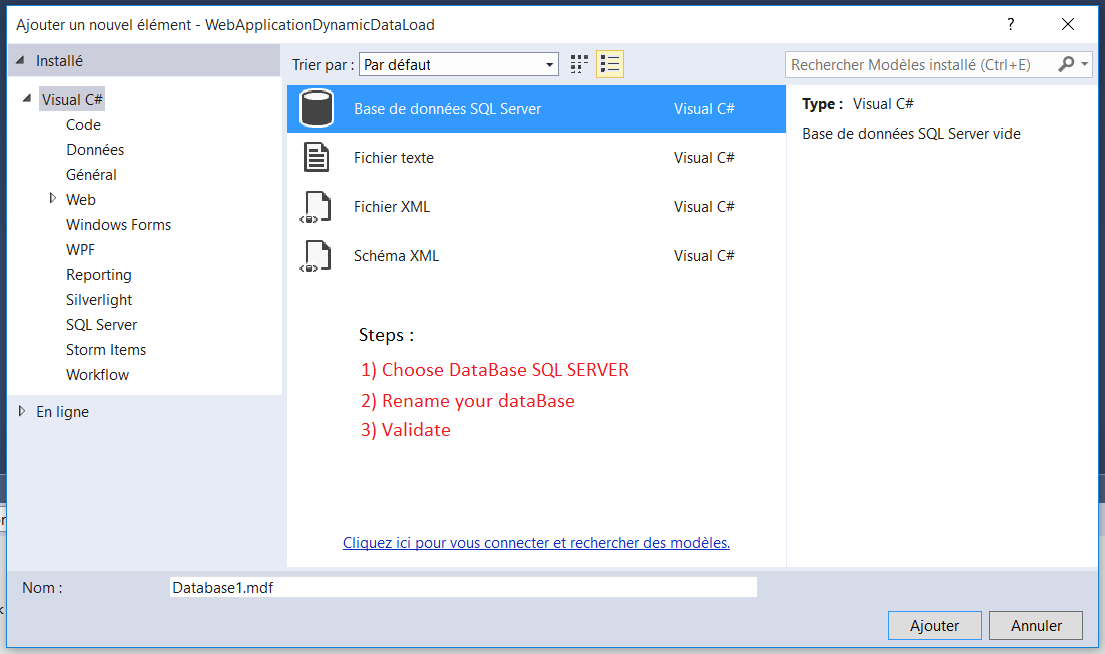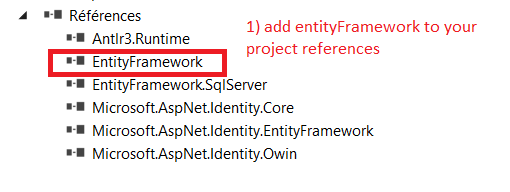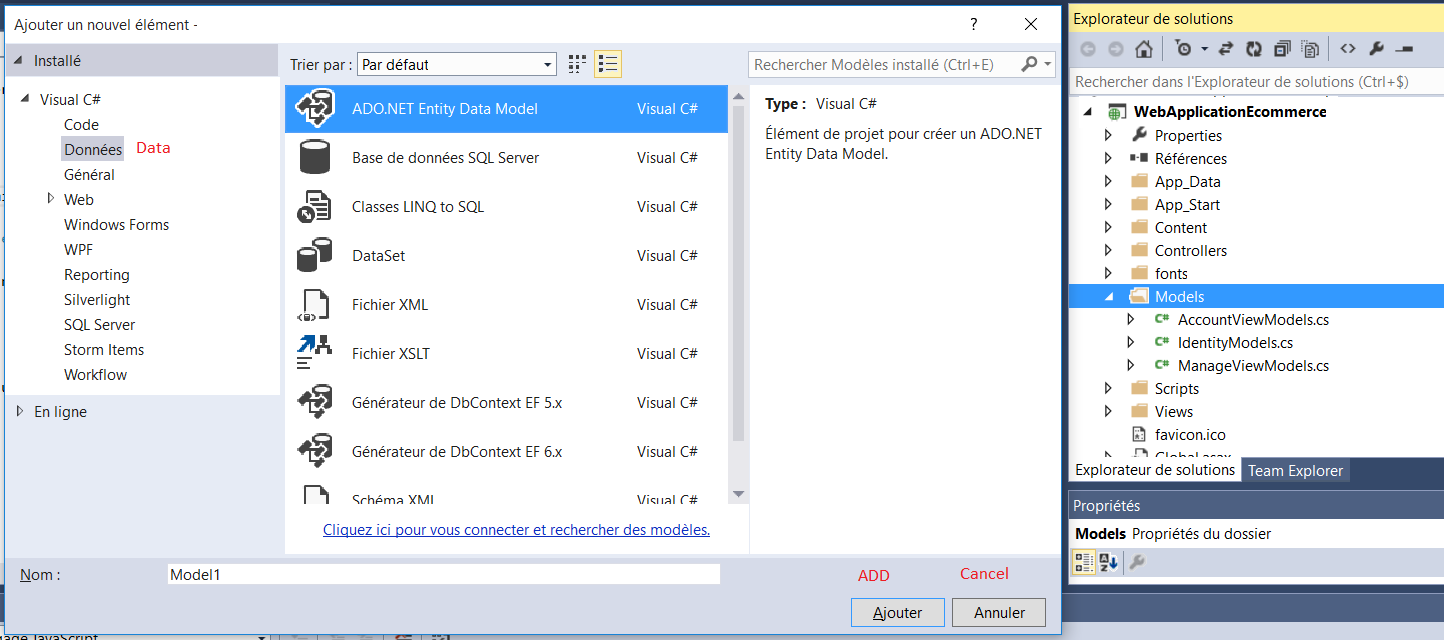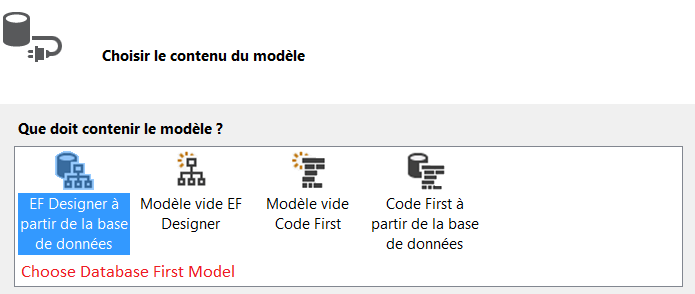PLAN
- PART 1 : Introduction
- PART 2 : Conception
- PART 3 : Coding Server side
- PART 4 : Coding client side
Introduction
In this chapter we will define the model of the database, and start its implementation all using the syntax SQLServer and the Entity Framework ORM.Using the code
I) DataBase Diagram
Our web site is ECommerce application, that include two actors :1) Consumer
Is our customer, once his registered, he will have access to his space, across which he can browse product details, add product to shopping cart, send a command and show his commands status.
2) Administrator
he have a possibility to administer the dataBase through : management of product table and Commands table. the management of Command Table consists of changing the state of command to be 'Received', 'Processing' or 'Finish'.
the following DataBase Diagram, explains better the relation between Consumer and Administrator.
a) EC_User table : - Description
- Properties
mpUser : is the password of user.
b) EC_Product table : - description
- Properties
nameProduct : is a product name.
descriptionProduct : contains some characteristic of product.
imageProduct : contains a path to a physical product image file.
c) EC_Command table :- description
- Properties
loginUser : is a reference key of loginUser attribute in EC_User table.
idProduct : is a reference key of idProduct attribute in EC_Product table.
C_status : it refers to the state of command, At first, it receives 'Received' value, after it can change to 'Processing' or 'Finish' state.
II) Implementation
Now, we will show you the differents steps for creation of DataBase named E-Commerce, that implements the above DataBase Diagram.1) creating Local DataBase (.mdf)


In this section we will create our table usign SQL statements :
EC_User table
create table EC_User(
loginUser varchar(20) Primary key,
mpUser varchar(20) NOT NULL,
_Type varchar check( _Type in ('A','U'))
);
EC_Product table
create table EC_Product(
idProduct int identity (1,1) primary key ,
nameProduct varchar(100) NOT NULL,
descriptionProduct varchar(500),
imageProduct varchar(100),
price int NOT NULL,
);
EC_Command table
create table EC_Command(
_id int identity(1,1) primary key,
loginUser varchar(20) references EC_User(loginUser) on delete cascade on update cascade,
idProduct int references EC_Product(idProduct) on delete cascade on update cascade,
_status NOT NULL check(_status between 0 and 2),
commandDate DATE DEFAULT GETDATE(),
);
3) Using Entity Framework (EF)
In our example we will use EF Database First approch (we starts from an existing DataBase to have entities) :




No comments:
Post a Comment